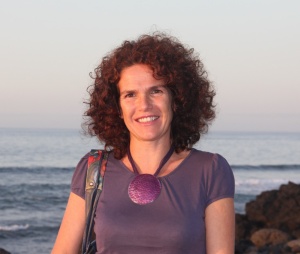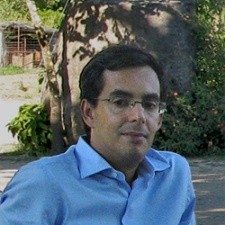Bernardo, F., Pinho, P., Matos, P., Viveiros, F., Branquinho, C., Rodriques, A. & Garcia, P.V. (2019) Spatially modelling the risk areas of chronic exposure to hydrothermal volcanic emissions using lichens.
Science of the Total Environment,
697, 133891. DOI:10.1016/j.scitotenv.2019.133891 (IF2019 6,551; Q1 Environmental Sciences)
Human populations living in volcanically active areas are chronically exposed to volcanogenic air pollution, potentially contributing to long-term adverse health effects. However, mapping chronic exposure is difficult due to low spatial resolution of monitoring data on air pollutants and the need for time integration. To overcome these problems, lichens were tested as ecological indicators of hydrothermal volcanic air pollution, considering their bioaccumulation capacity over time, by transplanting them from a reference area to several sites (n = 39) in a volcanic area. The test was developed at Furnas volcano (Azores, Portugal). A stratified sampling design was followed using previous measurements of soil CO2 flux at ground level and the distance to the main fumarolic fields. After 6 months of exposure, lichen transplants were analyzed for S isotopic ratio (δ34S), which strongly related with the distance to fumarolic fields on a logarithmic regression, serving as an appropriate hydrothermal exposure biomarker. Considering kriging interpolated δ34S values as tracer of airborne hydrothermal emissions and habitational areas as proxy of ongoing human presence, a map was built relating both information per area unit to spatially model risk areas. It was estimated that 26% of habitational areas in the study area stand at high or very high risk of outdoors chronic exposure to airborne hydrothermal emissions. This methodologic approach to produce chronic exposure risk maps is applicable to other volcanically active and inhabited areas of the world, with time-integration and high spatial resolution, contributing in this way for spatially focusing future human health assessments.




